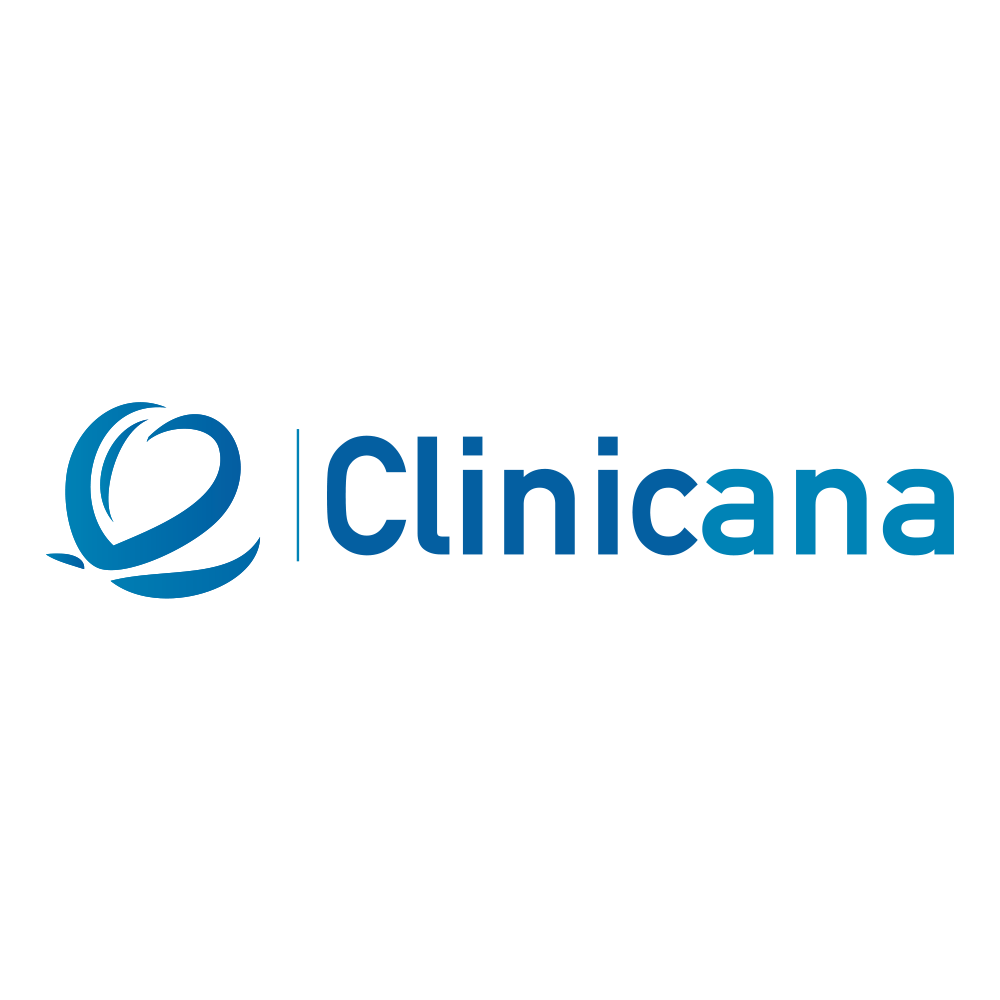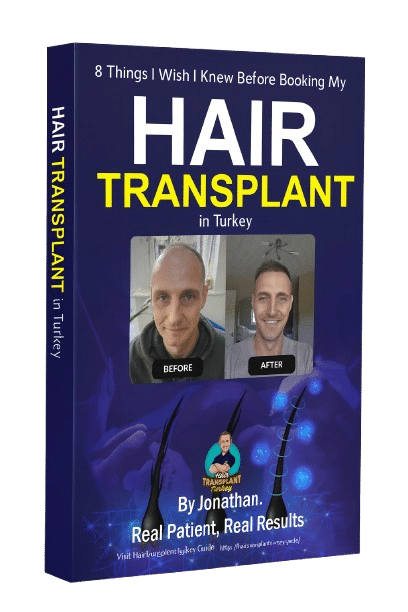When I first started researching hair transplants, one question kept coming up again and again: “If it’s that cheap, can it really be any good?” It’s a fair question. With so many clinics in Istanbul advertising full transplants for under €3,000 — compared to £6,000–£10,000 in the UK — it’s natural to assume there must be a catch.
When I booked my own hair transplant with Clinicana Hair Transplant & Esthetic Surgeries, I was cautiously optimistic. I didn’t want to throw money away on something that looked too good to be true. What I discovered, though, is that “cheap” doesn’t always mean “low quality” — at least not in Turkey’s medical tourism industry. But it can, if you don’t know what to look for.
Let’s unpack why prices are so low, when “cheap” really does mean risky, and how to make sure your results (like mine) are everything you hoped for.
Why Hair Transplants In Turkey Are So Much Cheaper (And Still Legitimate)
There’s a big difference between cheap because it’s unsafe and cheap because it’s efficient.
Turkey’s lower prices are primarily economic, not medical.
Here’s what makes such a big difference:
- Lower cost of living and labour: The average medical salary in Turkey is significantly lower than in Western Europe, yet still offers skilled professionals a good living wage locally.
- Currency exchange benefits: The Turkish Lira has weakened against the Euro and Pound, which means your money goes much further.
- High patient volume: Clinics like Clinicana operate at scale, performing thousands of procedures each year. This allows them to streamline operations without cutting corners.
- Government support for medical tourism: Turkey’s Ministry of Health actively regulates and promotes reputable clinics as part of its international healthcare strategy.
In my case, I paid €2,850 for the Standard Package at Clinicana. That included:
- My full FUE procedure
- 4-star hotel accommodation at the Naz City Hotel Taksim
- Airport transfers
- Translation services
- Aftercare products and follow-up
To put it in context, the same procedure in London would’ve cost between £6,000 and £9,000 — surgery only.
The takeaway here is that Turkey isn’t “cheap” because it’s low-quality; it’s affordable because of local economics and specialisation.
But of course, not every clinic plays by the same rules — which brings us to the real warning signs to watch out for.

When “Cheap” Becomes A Red Flag
Unfortunately, the popularity of Turkish hair transplants has created a flood of clinics — and not all of them meet international medical standards. Some offer prices that sound almost too good to be true — because they are.
Here’s a quick reality check of what too cheap might actually mean:
| Red Flag | What It Suggests | Why It’s Dangerous |
|---|---|---|
| “Unlimited grafts” for €1,000 | Mass-production clinics doing multiple patients a day | Risk of overharvesting donor area and poor density |
| No doctor supervision | Technicians performing surgery illegally | Violates ISHRS standards |
| Hidden add-on fees | Bait-and-switch pricing | Can double your final bill |
| No mention of aftercare | Lack of follow-up or support | Higher infection risk, poor graft survival |
The International Society of Hair Restoration Surgery (ISHRS) warns that “black market” hair transplants often lead to permanent scarring, unnatural results, or even infection. Similarly, the British Association of Dermatologists advises patients to verify surgeon credentials and ensure procedures are performed in regulated medical settings.
When I was researching, I saw dozens of flashy ads promising “VIP results” for €1,200 — but no details on who performed the surgery or what hospital it was done in. That was a major red flag for me.
My Personal Experience: “Cheap” Didn’t Mean Low Quality
When I landed in Istanbul for my hair transplant with Clinicana, I was still a little anxious. But from the moment I arrived, the process felt reassuringly professional.
A private driver collected me from the airport and brought me straight to the hotel. The next morning, I walked just a few minutes to Acıbadem Taksim Hospital, where Clinicana is based. The facility itself looked more like a five-star private hospital than a “clinic.” Everything was clean, modern, and highly regulated.
My consultation with Dr. Soner Tatlıdede, the chief plastic surgeon, lasted about 45 minutes. He mapped out my new hairline carefully and explained exactly how many grafts I’d need. The FUE procedure took around seven hours, including breaks, and the staff checked on me constantly.
What stood out most was how thorough and organised the whole process felt. I never once felt like I was being rushed or treated as “just another number.”
That’s when it clicked for me: The difference between cheap and good value is transparency.
Clinicana’s price was affordable, but nothing about the experience felt “budget.”
If you’re unsure how to separate the good from the bad, I explain everything I wish I’d known beforehand in my free guide — “8 Things I Wish I Knew Before Booking My Hair Transplant in Turkey”.
How To Spot A Good Clinic (And Avoid The Bad Ones)
Whether you choose Istanbul or another city, there are certain things every good clinic should have in place.
| What to Look For | Why It Matters | Clinicana Example |
|---|---|---|
| Licensed by the Turkish Ministry of Health | Ensures clinic meets medical safety standards | ✅ Yes |
| Doctor-led consultation | Prevents unqualified technicians from leading surgery | ✅ Dr. Tatlıdede led mine personally |
| ISO 9001 or similar certification | Guarantees international quality management | ✅ Yes |
| Clear package pricing | Avoids hidden extras | ✅ Transparent €2,850 package |
| Positive patient reviews | Reflects consistent results | ✅ 5,000+ 5-star reviews online |
As the World Health Organization notes, international patients should “seek hospitals and clinics that meet global safety and accreditation standards.” This is exactly what Clinicana does, operating under the ISO 9001 certification and within a private hospital environment.
When I compared this to what I’d seen back home, the value was obvious.
Turkey vs UK – What You Really Get For The Price
To help you visualise the difference, here’s a simple comparison based on my experience and UK averages:
| Aspect | Turkey (Clinicana) | UK Equivalent |
|---|---|---|
| Cost | €2,850 all-inclusive | £6,000–£10,000 (surgery only) |
| Accommodation | 4-star hotel included | Not included |
| Surgeon involvement | Doctor-led FUE | Often technician-assisted |
| Facility type | Private hospital | Private clinic |
| Aftercare | WhatsApp follow-ups & products | Usually at extra cost |
So yes, Turkish clinics like Clinicana offer far lower prices — but the service, environment, and medical expertise rival anything you’d find in the UK.
It’s not the country that determines quality — it’s the clinic.
The Real Risk Isn’t Turkey — It’s Choosing Blindly
Here’s what I’ve learned: the real danger isn’t getting your transplant in Turkey. It’s choosing a clinic based on flashy marketing without doing your research.
Here are a few quick checks before booking anywhere:
- Verify the clinic’s license via the Turkish Ministry of Health website.
- Ask for the doctor’s name and medical registration before you book.
- Read verified reviews (Google, Trustpilot, YouTube testimonials).
- Request before-and-after photos from real patients.
- Avoid “too good to be true” prices under €1,500 unless you can verify credentials.
By doing this, you’ll avoid the “black market” setups that make headlines — and instead, find genuine medical professionals like those I worked with.

What Experts Say About Cheap Hair Transplants
Reinforcing this with expert data adds even more confidence.
- According to the Mayo Clinic, the success of FUE transplants depends on sterile conditions, surgeon expertise, and post-op care.
- A PubMed study on FUE found over 90% patient satisfaction after 12 months when proper protocols were followed.
- The British Association of Dermatologists stresses that postoperative hygiene and follow-up are critical to achieving lasting results.
In short: cheap becomes dangerous only when safety, skill, or aftercare are missing.
My 7-Month Results — Proof That Quality Exists In Turkey
Seven months after my transplant, my results speak for themselves. My hairline is full and natural, the density continues to improve, and recovery was smoother than I expected.
To give you an idea of the timeline:
- Day 7–10: Most scabs were gone.
- Month 3: Early growth started — thin, but visible.
- Month 7: Strong, dense regrowth with a defined hairline.
This matched the scientific expectations from the Mayo Clinic that 10–80% of transplanted hair begins to regrow within 3–4 months.
If you’d like to see photos and videos from every stage, you can access my complete journey for free here: Follow My Personal Hair Transplant Journey in Turkey.
Final Thoughts — Cheap Doesn’t Mean Low Quality, But Research Is Everything
If there’s one thing I’ve learned, it’s this: Turkey’s affordability is a gift — if you choose wisely.
Clinics like Clinicana show that low cost doesn’t mean low standards. The key is transparency, accreditation, and trust.
So, is a hair transplant in Turkey too cheap to be good?
Not at all — but only if you know what “good” looks like.
If you’re currently researching your own procedure, don’t go in blind. Download my free guide — 8 Things I Wish I Knew Before Booking My Hair Transplant in Turkey — and learn exactly how to find a clinic that gives you great results without the stress or uncertainty.



 Continue with Google
Continue with Google